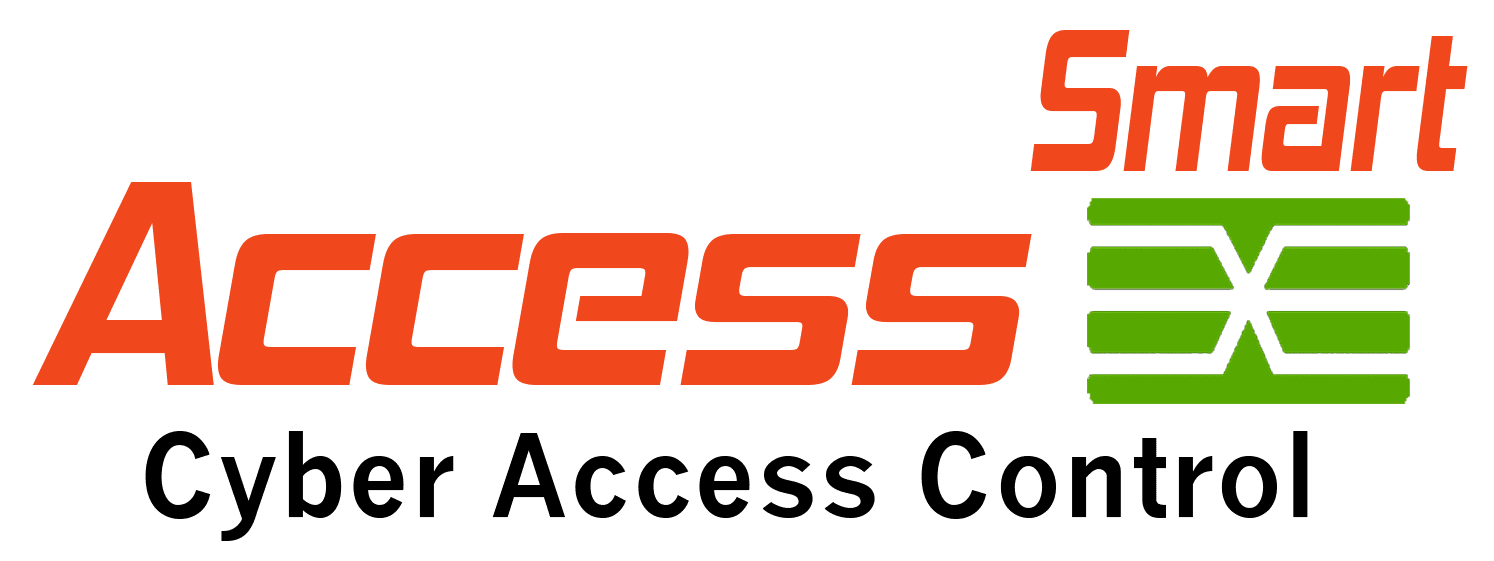Network Access Protection Improves Data Security.
![]()
Network access protection is the number one cyber issue facing data security. In 2013, the average U.S. cost from a data security breach was approximately $5.4 million per organization; or, $188 per record. In 2014 the average cost jumped to $5.85 million and an average cost of $201 per record with the average number of 29,087 records stolen per breach (Ponemon: “2014 Cost of Data Breach Study: Global Analysis”). Healthcare has the highest per capita costs of $359 followed by educational ($294), Pharmaceuticals ($227) and financials ($206). After a successful cyber-attack, network administrator’s usual response is to add more back end security modifications (like firewalls, anti-virus software and CAPTCHAs). While all necessary components, the problem is that network access control is often overlooked or ignored.
Network access control is the ability to fully authenticate a user BEFORE the firewall, let alone the network. It’s the first line of defense for network access protection. When someone knocks on your front door, you wouldn’t open the door without first looking through the peep hole to verify who’s there. The same must be true with an organizations’ computer network.
The most commonly used authentication method is the “User Name” and “Password.” And while passwords are secure, their weakness is in their management and not in the concept of passwords. Three of the biggest password management flaws are:
- Writing passwords on Post-it Notes.
- Short, easy to remember passwords.
- Using the same password everywhere
User convenience leads to carelessness. Carelessness is the number one cause of data security breaches: opening a malware infected attachment, answering spear phishing emails, emailing documents through insecure networks, etc. Beefing up password size and complexity frequently leads to more insecurity because it drives users to the password management flaws.
Key Fact: “Users will circumvent security for convenience.”
Power LogOn® by Access Smart® is a network access control solution. Adding network access protection through a smartcard-based, enterprise password management solution for data security verifies who is knocking on the “virtual front door.” It’s the belief that network access protection begins outside the network is what drives us to develop Power LogOn.
There is no silver bullet that will stop all data breaches. Data security is built on layers with the sole purpose to make it too difficult for an attacker to spend their resources to get at it. Like any business, cyber attackers look at ROI too. That’s why this section discusses other data security components. To learn more simply click which topic is of interest to you. But, let me say that a holistic approach is the best strategy.
Data Security Breaches Statistics:
No matter what term you use (cyber attacks, hackers, data thieves, etc.,) data security breaches are costing businesses millions of dollars a year. Some countries are more at risk than others. Some institutions are at more risk than others. IT tries to increases data security by increasing the length, the complexity and the change-frequency of passwords. While technically a good policy, its flaw is that it ignores the human element. Most people manage their passwords poorly. They use the same password for multiple sites and write passwords down on notes left near their computer. It only takes one careless site entry, phishing attack, keylogger or dishonest employee to threaten data security. Furthermore, if a legitimate user name and password are used, IT has no way to identify if a breach has occurred. This is a huge vulnerability for any company. Click to learn more about the statistics of: Data Security Breaches.
Data Security Privacy Laws Threats:
The state and federal governments have imposed numerous privacy laws that every business, institution and agency must know to improve data security. These laws carry fines for non-compliance even if there is no breach. Ignorance is not a defense to the regulators. But, should there be a security breach then then fines are much more sever. Click to learn more about: Privacy Legislation Data Security Threats.
Cloud Data Security Threats:
Cloud solutions are being used for everything from legal forms to healthcare patient records, accounting data to word-processing, and CRMs to order processing. With so much valuable data out in the clouds, data security is paramount to reduce cyber-attacks. Click to learn more about: Cloud Data Security Threats.
Password Data Security Threats:
User name and password authentication is still the easiest and most cost effective data security solution. The weakness is not password authentication but how people choose and manage their passwords. As companies now bear the burden of strict new privacy laws, they try to mitigate their risks by implementing cumbersome authentication policies, which causes employees to circumvent security for their own convenience. Click to learn more about: Password Data Security Threats.
Spam and Malware Data Security Threats:
With over 200 billion emails sent daily, Symantec estimated that in 2010 about 89% were Spam. Spam and malware are seen as the biggest data security problem for IT. Thieves are using spam inside phishing and spear phishing emails to distribute their malware. Once an employee clicks the wrong link an entire network can be infected. Click to learn more about: Spam and Malware Data Security Threats.
Mobile Device Data Security Threats:
Smart phones, netbooks and tablets are the latest rage of employees. Bring You Own Device (BYOD) is a huge problem for IT administrators. However, data security in these devices is much less than traditional laptop computers. Employees are storing very sensitive information like customer data, network passwords, company financial, etc. Click to learn more about: Mobile Device Data Security Threats.
Social Networking Data Security Threats:
This is only starting to be analyzed for data security risks, and how this can affect network security. There have already been cases where malware was distributed by means of Facebook and Twitter applications and messages. Click to learn more about: Social Networking Data Security Threats.
Data Security Threat Costs:
When there is a data security breach, do you understand all the costs that your company will experience? Do you know the differences between the direct and indirect costs? Do you need get a better understanding how the average breach cost in 2011 was $7.2 million? Click to learn more about: Data Security Threat Costs.
Data Security using Enterprise Password Manager for Windows Authentication:
Public Key Infrastructure (PKI) solutions have proven themselves to be too cumbersome and expensive to implement and maintain. One Time Password (OTP) solutions have limited flexibility, are expensive and have been hacked. Power LogOn is an enterprise password manager for smart card Windows authentication. Take back control of your Windows password authentication with Power LogOn – The Alternative to PKI!
* 2013 Cost of Data Breach Study: Global Analysis. By Ponemon Institute, LLC with benchmark research sponsored by Symantec. May 2013
White Papers:
 |
 |
 |
 |
 |
| You think your passwords are secure? | Dealing with Online Identity Theft | Taking a Look at Identity Fraud | Safeguarding your identity | Recovering after identity theft |
Access Smart streamlines the user’s logon process, empowering IT security policies through the use of smartcard technology to secure passwords and password management. The Power LogOn product line has proven itself to secure password log on without the high cost of ownership found in other security solutions. Click here to more about the Power LogOn Solution.
* Ponemon Institute, 2011


